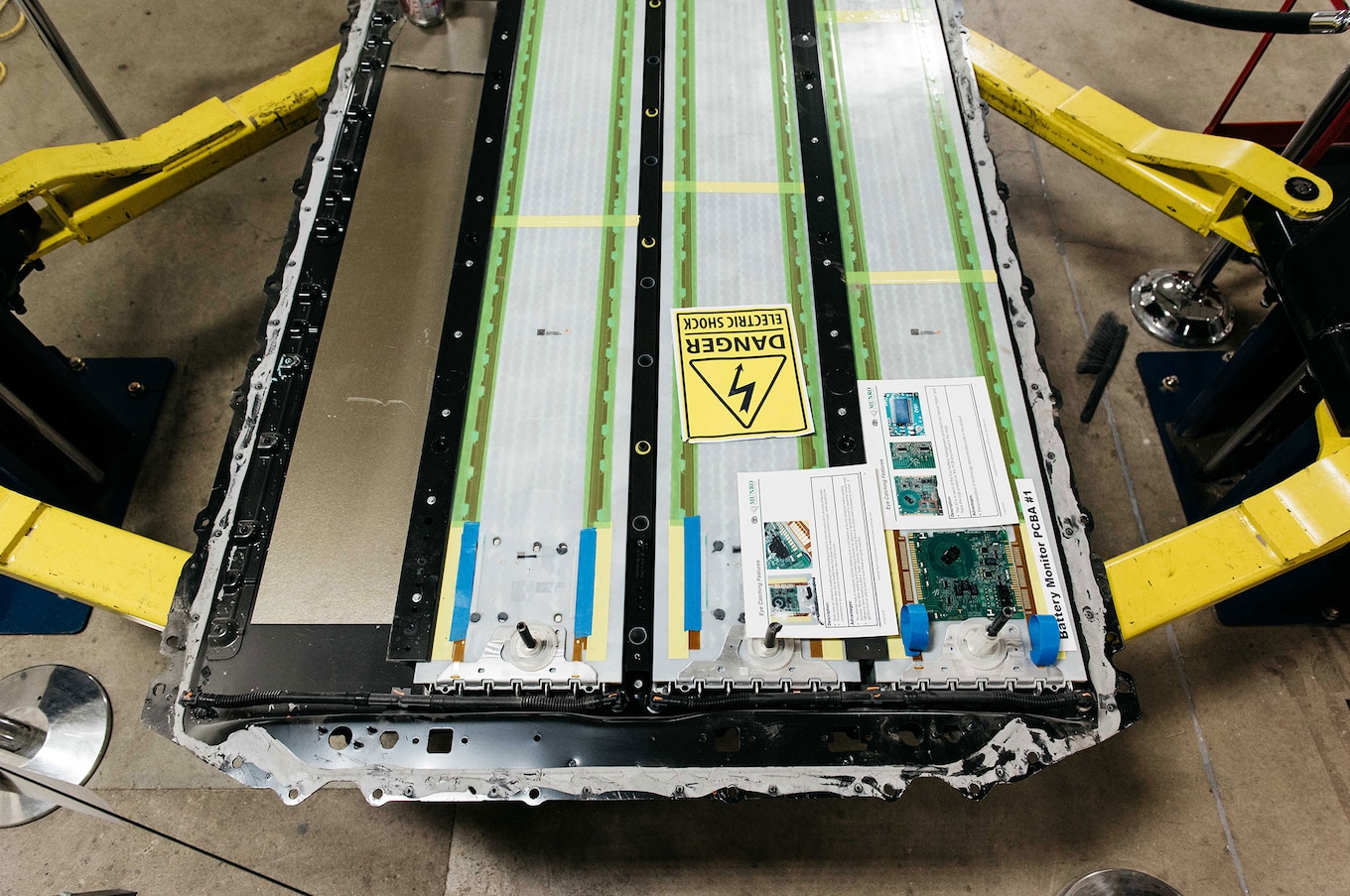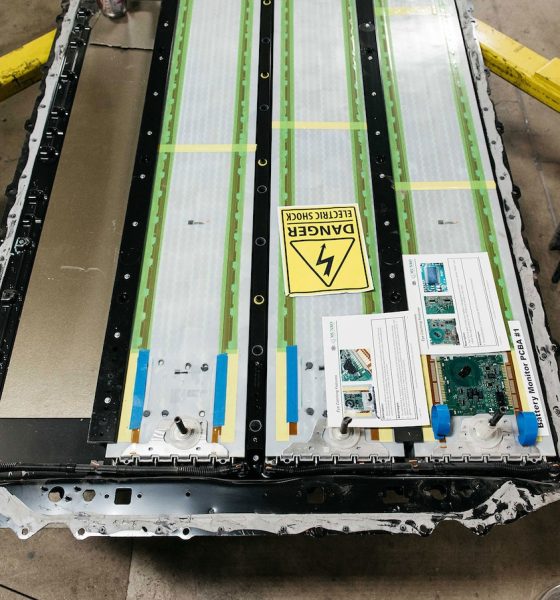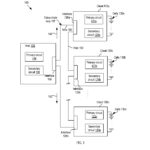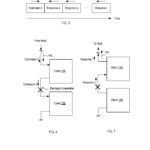

News
Tesla patent hints at more reliable batteries through ‘dynamic’ management system
It is no exaggeration to state that Tesla’s business hinges on its battery technology. Fortunately for the company, its batteries are among the best in the industry today. This is particularly notable in the case of Tesla’s electric cars, as well as its energy storage products. In terms of vehicles, Tesla’s battery tech has reached a point where it is capable of supporting the demands of closed circuit driving, as is the case with the Model 3 Performance’s Track Mode. In terms of battery storage, the quality and performance of Tesla’s batteries have been so impressive in South Australia that it appears to have started an energy storage movement.
Considering Tesla’s reputation for never staying still, though, it is almost certain that the company’s batteries will improve over time. This was mentioned by Tesla’s President of Automotive Jerome Guillen to CNBC last November, when he noted that the company’s technology consistently evolves. In his segment, the executive noted that “the design of the (battery) cell is not frozen,” indicating upcoming improvements in the near future.
A recently published patent points to one of these battery tech improvements. Titled “Multi-Channel and Bi-Directional Battery Management System,” the patent describes a way for Tesla to push the envelope on its battery management system even further. In the patent’s description, Tesla noted that the increasing demand for battery-based power is putting an emphasis on the performance demands of management systems, which ensure proper operation within a range of products like electric vehicles and energy storage units.
While battery management systems perform vital functions, the units themselves could be subject to various external factors. In the case of electric cars, the system could be subject to mechanical vibration and shock, varying environmental temperature, multiple power domains and a large number of interference sources that could deteriorate signals between the centralized management controller and multiple battery integrated circuits. Considering that batteries are the only power source for electric vehicles, instances involving a failure of the system could render an electric vehicle inoperable. With this in mind, Tesla notes that there is a need for a battery management system that is “more robust and dynamic.”
- A diagram of Tesla’s battery management system. (Photo: US Patent Office)
- A diagram of Tesla’s battery management system. (Photo: US Patent Office)
- A diagram of Tesla’s battery management system. (Photo: US Patent Office)
Diagrams of Tesla’s battery management system. (Photo: US Patent Office)
Tesla’s patent describes what could be dubbed as a redundant battery management system, comprising a first client coupled within a multi-channel, bi-directional and daisy-chained communication loop. The electric car maker also outlined a method for identifying a failure location within a battery management system. Tesla describes these as follows.
“The battery management system may include a host (such as a microcontroller that manages at a system level) and clients (such as battery management integrated circuits that manage battery cells within the system). In embodiments, the host may be implemented in various structures including the previously mentioned microcontroller and manages the system by transmitting commands and receiving responses from one or more of the clients. Each client may monitor and control corresponding battery cells to measure the electrical and physical status of the cells, such as voltage, amount of remaining electrical charge and temperature of each cell. For instance, the client 120a may monitor the cells 130a. It is noted that each client may monitor a different number of battery cells. The client 120a may perform measurements (e.g., voltage, charge, temperature, etc.) as well as perform certain functions (e.g., bleed-off charge from a battery cell, etc).”
Tesla further discussed its rationale behind its use of daisy-chain loops for its battery management system.
“The host and each client may communicate commands and responses via a daisy-chain transmission path loop, where the daisy-chain loop may include a pair of wires that transmit electrical signals therethrough. In embodiments, the daisy-chain loop may connect the interface of the host to the interfaces of the clients in series so that communication may serially occur on one or multiple channels within the loop. “
“The battery management system is able to provide redundant communication paths because of its ability to bi-directionally communicate along the daisy-chain loop and because the two channels used on the daisy-chain loop each allow access to completely separate and redundant battery management systems. Specifically, the host is able to communicate in a clockwise direction around the serially connected clients as well as communicate in a counter-clockwise direction along the loop. This bi-directionality allows the host to communicate with each client in case there is a single failure within the daisy-chain loop. This redundancy applies to both channels.”
Ultimately, Tesla notes that these systems will result in what could only be described as “dynamic redundancy” across its battery management systems. This, of course, could foster a new generation of battery packs that are more reliable than the company’s already stellar batteries.
“One skilled in the art will recognize the use of a multi-channel signaling system as well as a bi-directional signaling architecture within the battery management system results in dynamic redundancy across the system itself. For example, if a primary or secondary circuit should fail on a client, the host may communicate a redundant command to the client using a different and fully operational channel. The multiple channel architecture ensures that even egregious malfunction of a sub-system, such as the transmission of spurious data, will not be able to interfere with normal operation of a complementary subsystem operating on a different channel. In addition, the bi-directionality of the system allows for compensation to occur in the event of a complete path failure somewhere within the loop.”
The past months have seen an influx of published patents for Tesla. Among these include an automatic tire inflation system patent that can pave the way for off-road capabilities for the company’s vehicles, a clever patent that would allow Tesla to address panel gaps during vehicle assembly, a patent that describes colored solar roof tiles, and even a system that uses electric cars as a way to improve vehicle positioning.
Tesla’s recently published patent on its Multi-Channel and Bi-Directional Battery Management System could be accessed in full here.

News
Tesla FSD Supervised wins MotorTrend’s Best Driver Assistance Award
The decision marks a notable reversal for the publication from prior years, with judges citing major real-world improvements that pushed Tesla’s latest FSD software ahead of every competing ADAS system.

Tesla’s Full Self-Driving (Supervised) system has been named the best driver-assistance technology on the market, earning top honors at the 2026 MotorTrend Best Tech Awards.
The decision marks a notable reversal for the publication from prior years, with judges citing major real-world improvements that pushed Tesla’s latest FSD software ahead of every competing ADAS system. And it wasn’t even close.
MotorTrend reverses course
MotorTrend awarded Tesla FSD (Supervised) its 2026 Best Tech Driver Assistance title after extensive testing of the latest v14 software. The publication acknowledged that it had previously criticized earlier versions of FSD for erratic behavior and near-miss incidents, ultimately favoring rivals such as GM’s Super Cruise in earlier evaluations.
According to MotorTrend, the newest iteration of FSD resolved many of those shortcomings. Testers said v14 showed far smoother behavior in complex urban scenarios, including unprotected left turns, traffic circles, emergency vehicles, and dense city streets. While the system still requires constant driver supervision, judges concluded that no other advanced driver-assistance system currently matches its breadth of capability.
Unlike rival systems that rely on combinations of cameras, radar, lidar, and mapped highways, Tesla’s FSD operates using a camera-only approach and is capable of driving on city streets, rural roads, and freeways. MotorTrend stated that pure utility, the ability to handle nearly all road types, ultimately separated FSD from competitors like Ford BlueCruise, GM Super Cruise, and BMW’s Highway Assistant.
High cost and high capability
MotorTrend also addressed FSD’s pricing, which remains significantly higher than rival systems. Tesla currently charges $8,000 for a one-time purchase or $99 per month for a subscription, compared with far lower upfront and subscription costs from other automakers. The publication noted that the premium is justified given FSD’s unmatched scope and continuous software evolution.
Safety remained a central focus of the evaluation. While testers reported collision-free operation over thousands of miles, they noted ongoing concerns around FSD’s configurable driving modes, including options that allow aggressive driving and speeds beyond posted limits. MotorTrend emphasized that, like all Level 2 systems, FSD still depends on a fully attentive human driver at all times.
Despite those caveats, the publication concluded that Tesla’s rapid software progress fundamentally reshaped the competitive landscape. For drivers seeking the most capable hands-on driver-assistance system available today, MotorTrend concluded Tesla FSD (Supervised) now stands alone at the top.
News
Elon Musk’s Grokipedia surges to 5.6M articles, almost 79% of English Wikipedia
The explosive growth marks a major milestone for the AI-powered online encyclopedia, which was launched by Elon Musk’s xAI just months ago.

Elon Musk’s Grokipedia has grown to an impressive 5,615,201 articles as of today, closing in on 79% of the English Wikipedia’s current total of 7,119,376 articles.
The explosive growth marks a major milestone for the AI-powered online encyclopedia, which was launched by Elon Musk’s xAI just months ago. Needless to say, it would only be a matter of time before Grokipedia exceeds English Wikipedia in sheer volume.
Grokipedia’s rapid growth
xAI’s vision for Grokipedia emphasizes neutrality, while Grok’s reasoning capabilities allow for fast drafting and fact-checking. When Elon Musk announced the initiative in late September 2025, he noted that Grokipedia would be an improvement to Wikipedia because it would be designed to avoid bias.
At the time, Musk noted that Grokipedia “is a necessary step towards the xAI goal of understanding the Universe.”
Grokipedia was launched in late October, and while xAI was careful to list it only as Version 0.1 at the time, the online encyclopedia immediately earned praise. Wikipedia co-founder Larry Sanger highlighted the project’s innovative approach, noting how it leverages AI to fill knowledge gaps and enable rapid updates. Netizens also observed how Grokipedia tends to present articles in a more objective manner compared to Wikipedia, which is edited by humans.
Elon Musk’s ambitious plans
With 5,615,201 total articles, Grokipedia has now grown to almost 79% of English Wikipedia’s article base. This is incredibly quick, though Grokipedia remains text-only for now. xAI, for its part, has now updated the online encyclopedia’s iteration to v0.2.
Elon Musk has shared bold ideas for Grokipedia, including sending a record of the entire knowledge base to space as part of xAI’s mission to preserve and expand human understanding. At some point, Musk stated that Grokipedia will be renamed to Encyclopedia Galactica, and it will be sent to the cosmos.
“When Grokipedia is good enough (long way to go), we will change the name to Encyclopedia Galactica. It will be an open source distillation of all knowledge, including audio, images and video. Join xAI to help build the sci-fi version of the Library of Alexandria!” Musk wrote, adding in a later post that “Copies will be etched in stone and sent to the Moon, Mars and beyond. This time, it will not be lost.”
News
Tesla Model 3 becomes Netherlands’ best-selling used EV in 2025
More than one in ten second-hand electric cars sold in the country last year was a Tesla Model 3.

The Tesla Model 3 became the most popular used electric car in the Netherlands in 2025, cementing its dominance well beyond the country’s new-car market.
After years at the top of Dutch EV sales charts, the Model 3 now leads the country’s second-hand EV market by a wide margin, as record used-car purchases pushed electric vehicles further into the mainstream.
Model 3 takes a commanding lead
The Netherlands recorded more than 2.1 million used car sales last year, the highest level on record. Of those, roughly 4.8%, or about 102,000 vehicles, were electric. Within that growing segment, the Tesla Model 3 stood far ahead of its competitors.
In 2025 alone, 11,338 used Model 3s changed hands, giving the car an 11.1% share of the country’s entire used EV market. That means more than one in ten second-hand electric cars sold in the country last year was a Tesla Model 3, Auto Week Netherlands reported. The scale of its lead is striking: the gap between the Model 3 and the second-place finisher, the Volkswagen ID3, is more than 6,700 vehicles.
Rivals trail as residual values shape rankings
The Volkswagen ID.3 ranked a distant second, with 4,595 used units sold and a 4.5% market share. Close behind was the Audi e-tron, which placed third with 4,236 registrations. As noted by Auto Week Netherlands, relatively low residual values likely boosted the e-tron’s appeal in the used market, despite its higher original price.
Other strong performers included the Kia Niro, the Tesla Model Y, and the Hyundai Kona, highlighting continued demand for compact and midsize electric vehicles with proven range and reliability. No other model, however, came close to matching the Model 3’s scale or market presence.











